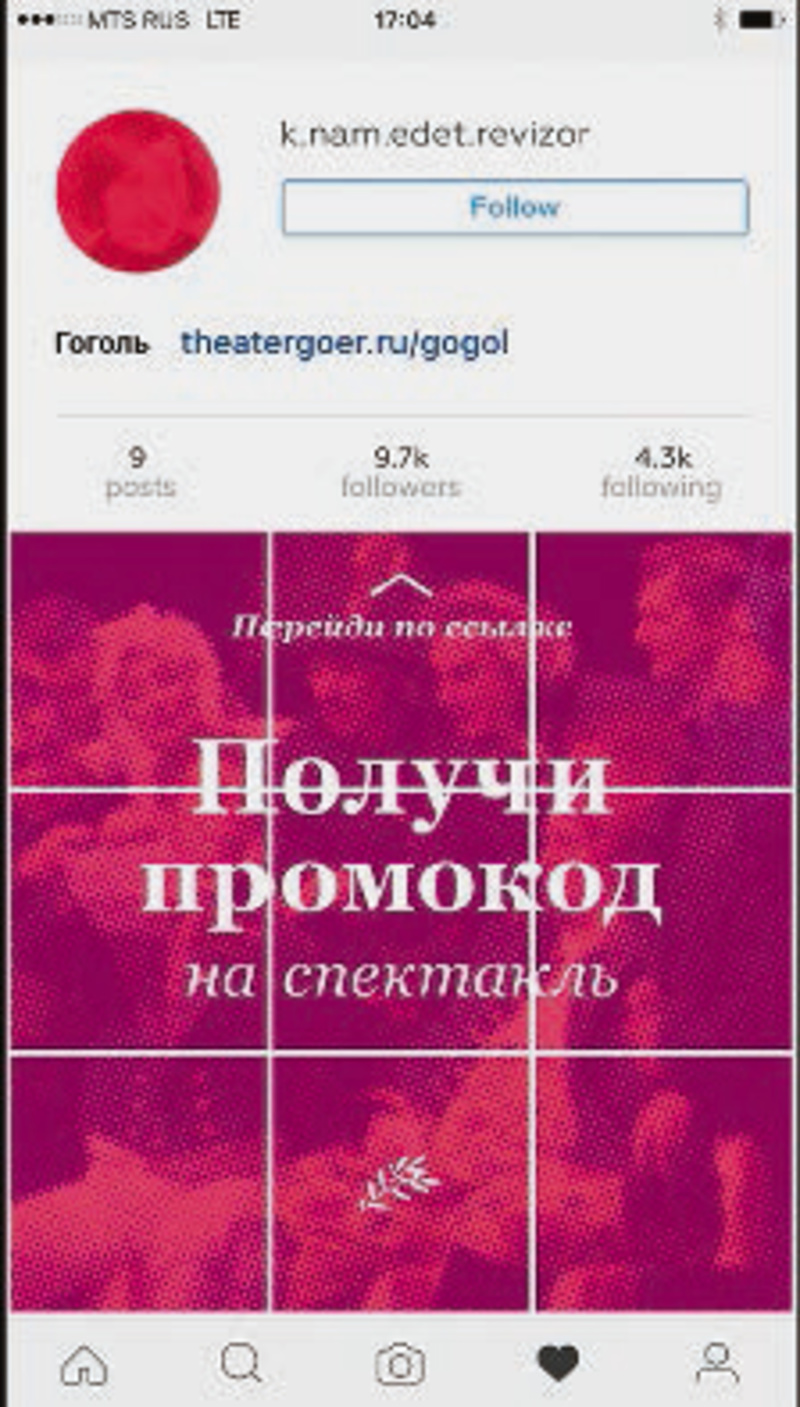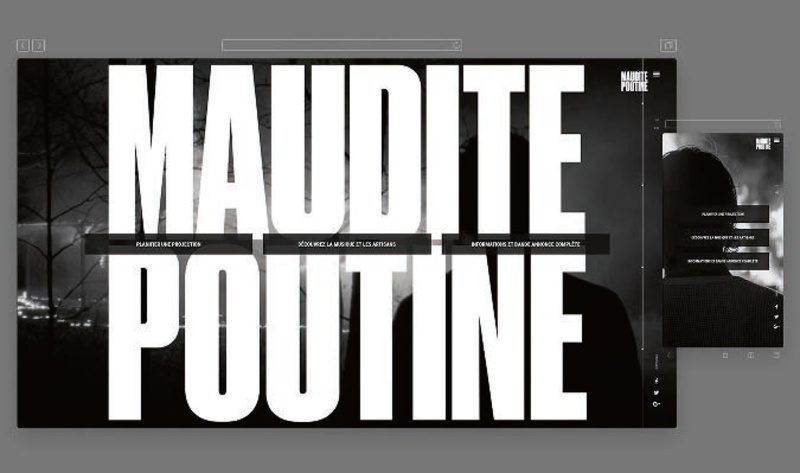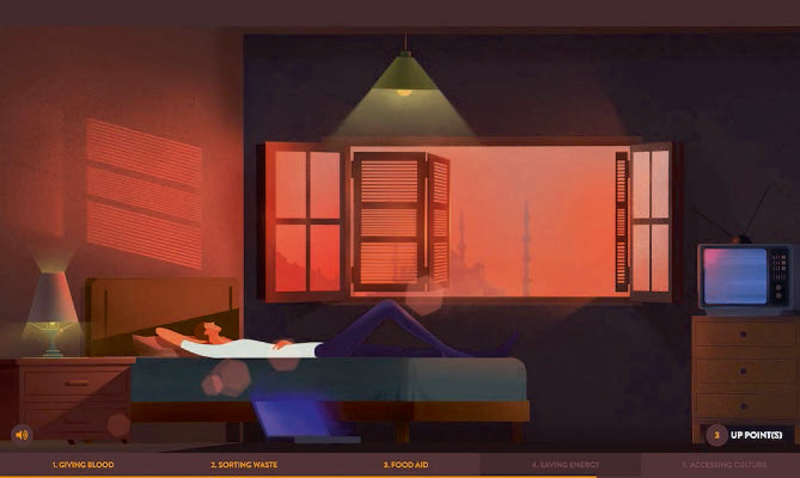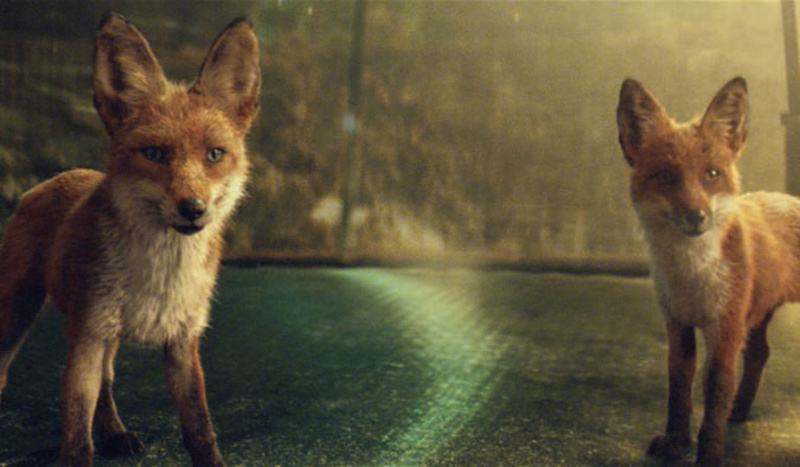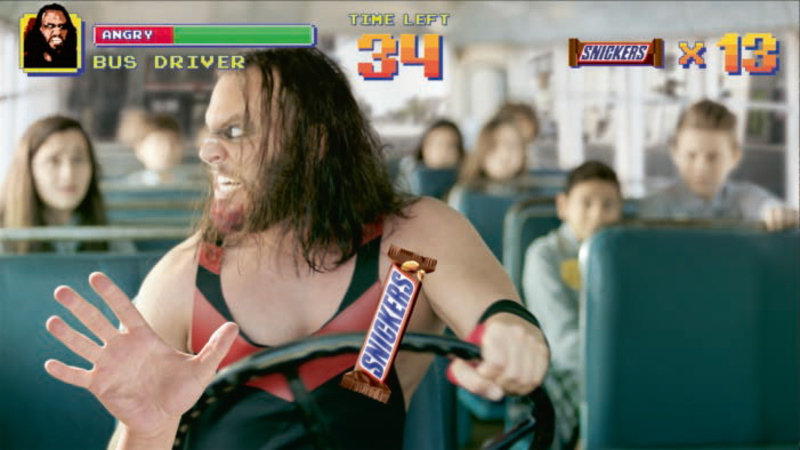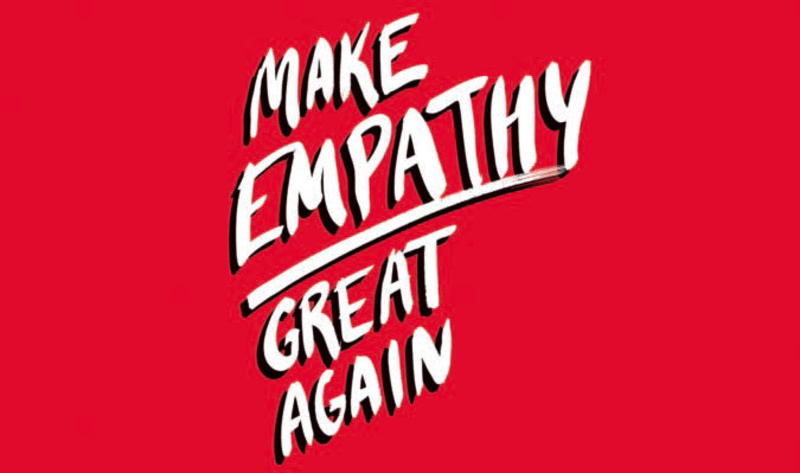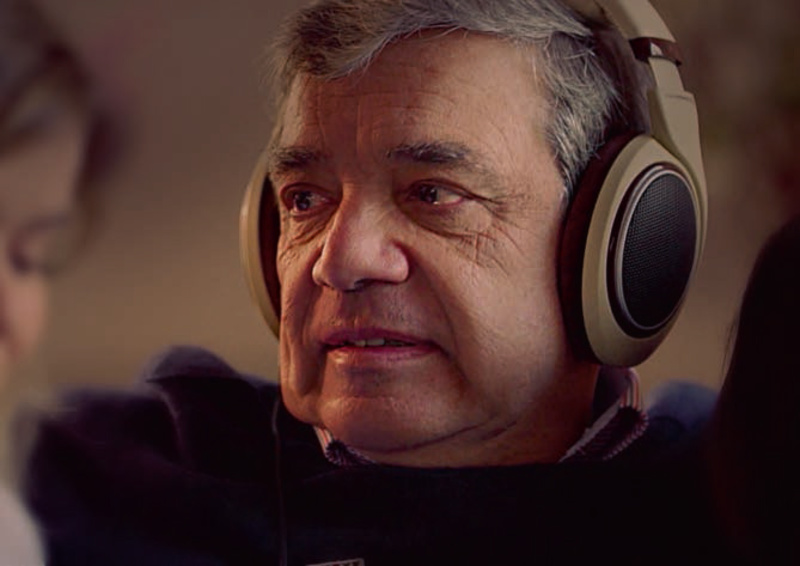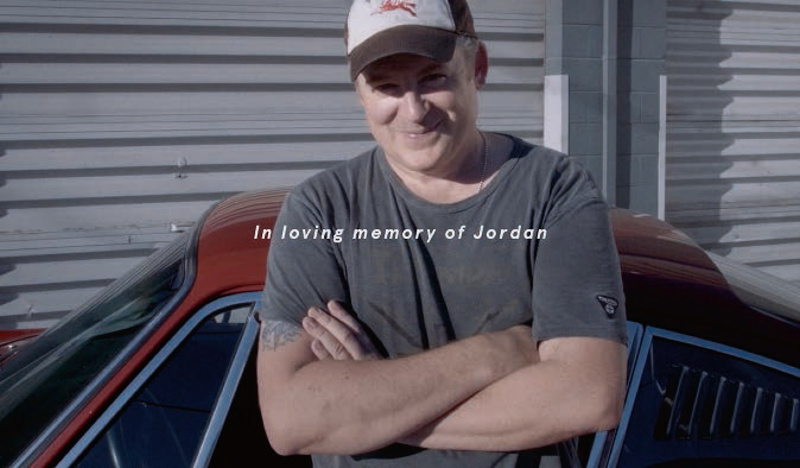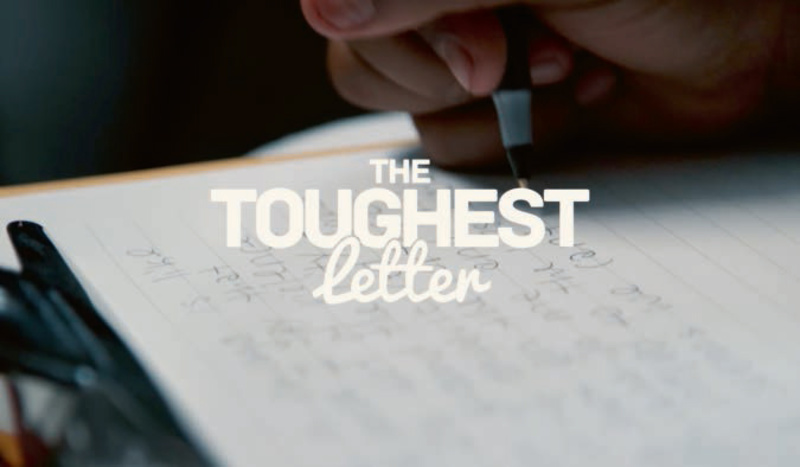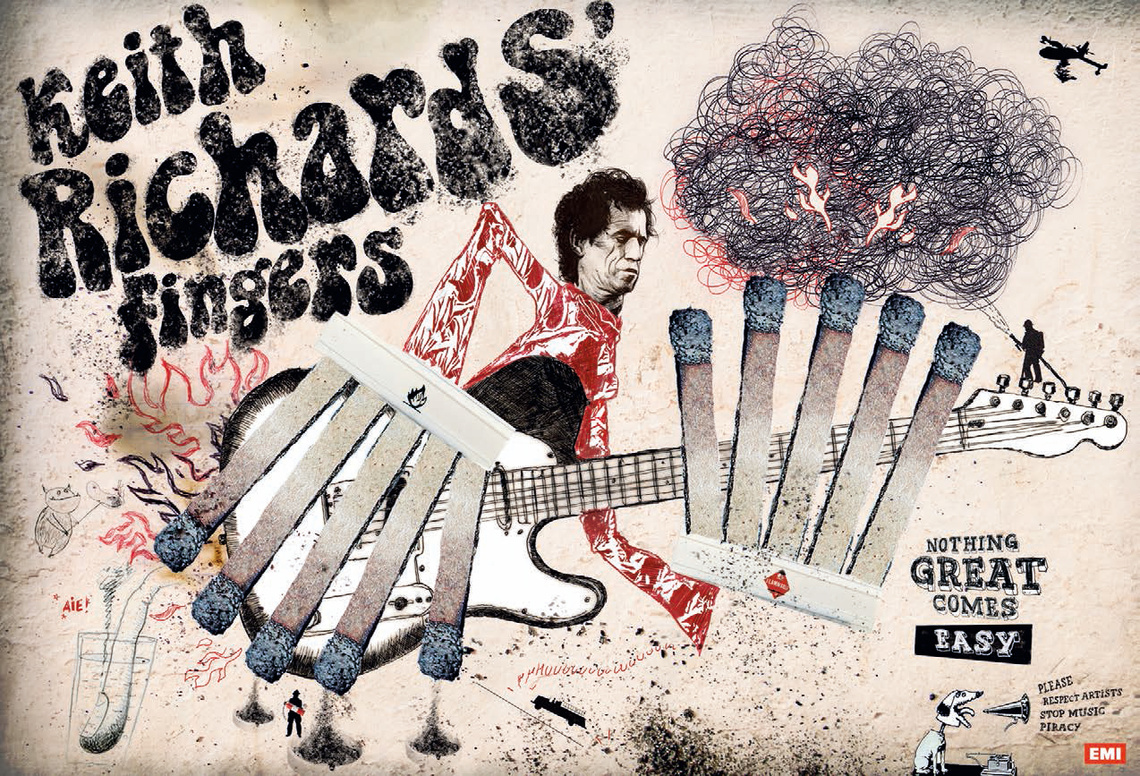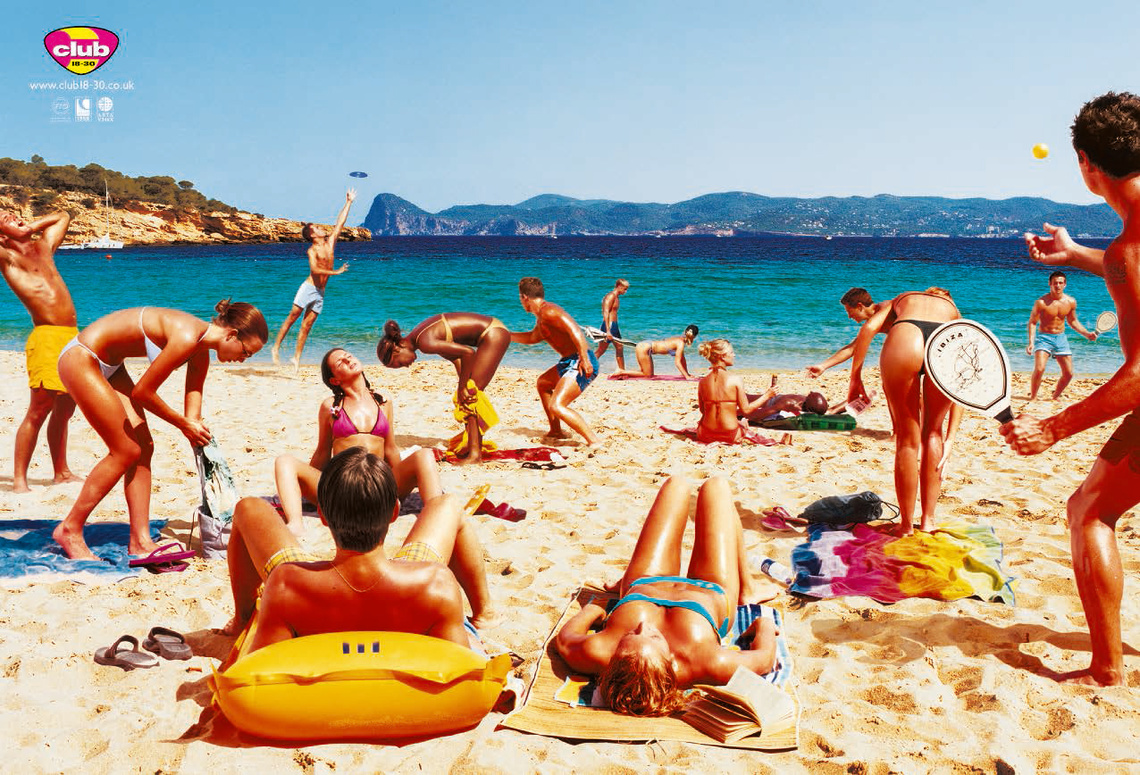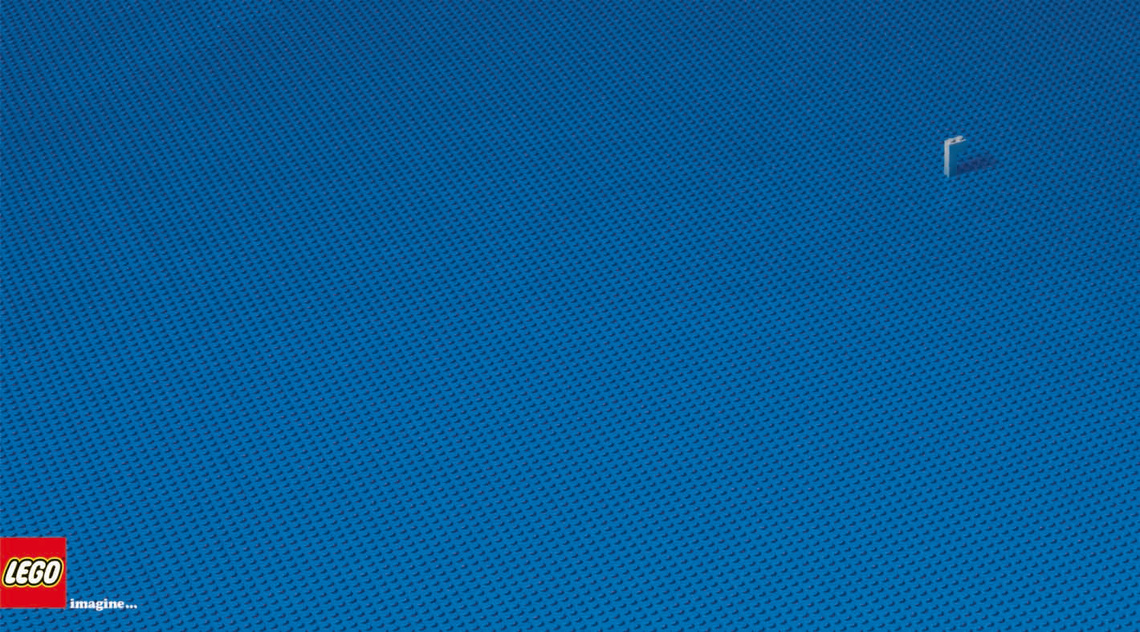Bruce Duckworth, who kindly assisted us in putting together this collection of outstanding packaging design, is the Duckworth in Turner Duckworth, the internationally acclaimed brand design agency based in London, New York, and San Francisco.
Over the last ten years, clients have put packaging design at the center of their visual identity.
He started the company in 1992 with his friend and fellow designer David Turner. The studio creates iconic design for consumer brands ranging from global leaders such as Coca-Cola and Levi’s to spirited start-ups. Bruce has won over 250 design awards, among them D&AD Yellow Pencils, DBA Design Effectiveness awards, Design Week awards, Best of Show, the inaugural Cannes Design Lions Grand Prix, the first-ever design accepted in the Clio Hall of Fame, and a Grammy award. In the interview that follows, Bruce – who is having a very busy year, being the current D&AD president while also celebrating his design firm’s 25th anniversary – replies to questions put to him by Michael Weinzettl.
Can you tell us how it all started back in 1992, about how you founded what is today one of the major players in packaging and corporate design, and how your company has evolved over the past 25 years?
Both my father and David Turner’s father had their own businesses, so it seemed a natural thing to do. We opened in the recession of 1992. Starting a business in a recession can be a good thing as you have to make every project, however small, an opportunity creatively. And you have to make the work genuinely valuable to clients, and get paid for everything you do. So from day one everything we did had to work both creatively and commercially. Awards were, and are, really key to us. Because the work that wins awards attracts talent – talented designers, and talented clients. And, of course, it means you can really concentrate on the work since you have effectively outsourced publicity. The awards do that for you. In many ways, little has changed in the way we work, and the kind of work we want to do, since the beginning. The big change is in the kind of projects we get – and in the value clients are putting on design and creativity. Our work for Coke in 2008 was definitely a point of change. Before Coke, we were very much seen as a packaging agency. After Coke, we were asked to look at the aesthetic of the brand as a whole. And the focus of our work moved to visual assets, and what you could do with them. We still only work on consumer brands, though, so packaging design is very much a part of our business. Packaging design is a kind of whetstone for what we do. It’s very, very hard to get it right. It has to be incredibly succinct, unmistakable, arresting, and creative if it is to work. So packaging design skills really sharpen our broader visual identity skills. The other change is that our clients are bigger. But we ourselves have actually grown quite slowly. The work can suffer if you grow too quickly. And we know that a reputation that has taken twenty years to build can be gone in ten minutes, so everything we design has to be good.
How did you get into packaging design in the first place?
By chance. I had a very general design education but I hadn’t designed any packaging. I was really interested in poster design and design for advertising. But I was offered a job at Michael Peters & Partners straight from college. They were one of the few companies doing interesting work in packaging design. And I remember thinking that this was an opportunity to do great work in this field. And I grew to love it because, as I mentioned earlier, it’s incredibly hard to get it right and to make it creative. But it’s also something that gets everywhere. So when you do get it right, and make it creative, it’s something that gets printed in its millions. And travels the globe. And lasts.
I suppose you’ve seen many trends in packaging design come and go, trends such as we see in advertising, fashion – and any kind of industry that is subject to changes in taste, really. What are some of these trends – fleeting or not – that you can recall and share with us?
One of the things we are very careful about, indeed very wary of as an agency, are trends. When you look at great graphic design – the iconic marks, the iconic objects – more often than not you see things that are not of their time. Things that weren’t trendy when they came off the drawing board. And it’s easy to see this in hindsight. That it’s the odd, idiosyncratic, out-of-the-ordinary things that make for the unmistakable. But quite hard to see this when you are faced with a wall of work, pinned up in a review. It’s hard to see it, because the trendy stuff seems attractive, and right, and current. But we make a real effort to clear the wall of it, because it tends not to work long-term.
Where are we now with regard to packaging design? What have been some of the changes in the field over the past 25 years?
When people think about brands, they think of design, and – for most consumer brands – they think of packaging. Even with Amazon. Because packaging is the thing people are most familiar with. And there is huge power in this. And I think the big change in the last ten years, is that clients have put packaging design – for the brands that have packaging – at the center of things, at the center of the visual identity. There was definitely a time when advertising was at the center of these brands, and packaging was a kind of promotional thing. And brands would fill up every square inch of their packs with offers for sunglasses and so on. But now, clients are seeing packaging as a really central object in the world of the brand. That has to be done really well, really carefully, and kept clean and pure. And of course, typically, every unmistakable asset is there, on the pack, in its most succinct, strategic form. The other thing is that people like packaging because they like design – in a way that they don’t like other kinds of marketing. And clients are seeing that if you get packaging right, something amazing happens – it gets picked up, photographed, talked about, and taken into people’s lives, both real and digital. We’ve seen this across the board recently, with Miller Lite, with Burger King, with Brawny. And, thinking about the last of these, we’re also seeing a new kind of interplay between packaging and advertising. With advertising really embracing the aesthetic of packaging, and the implicit ideas in packaging.
What, to you, is good packaging design? What are the main requirements?
It’s single-minded, unmistakable, and delightfully witty. But it’s also work with creative potential, work that inspires other creative disciplines.
What were some of the design solutions your company has come up with over the years that you’re proudest of?
I think ones that stick out are the ones when somebody has said to us that we’ll never do great work for such-and-such client, and it’ll be the end of Turner Duckworth. It makes us really determined to make the work a success, and a creative success. Superdrug was the first of these. Then Homebase. And, of course, Coke. Even we weren’t sure about Coke. Because of the scale of the business, really. We were worried it would swamp us. But it didn’t, and we have won hundreds of awards for our work with Coke – including the inaugural Grand Prix for Design at Cannes. Burger King is another one like this.
What do you look for in people who want to work for you?
Their portfolio has to be the best. We look at hundreds of portfolios a year, and hire only a few graduates. The ones we go for have that art-school thing – raw ideas, energy, enthusiasm, etc. And a good eye. But they also have to be decent people we can work with. We’re not interested in egos.
What are some of the challenges awaiting Turner Duckworth in the next years? We’ve been lucky to have had a continuous intake of talented graduates since day one. We are very much an ideas-up agency, not an ideas-down one. So graduate talent is absolutely key to the quality of the work and the growth of the agency. But I’m paranoid we’ll somehow miss the best ones next year.
Can you tell us a bit about your one-year presidency at D&AD. What are some of the things you’ve been trying to achieve? Can you share your thoughts on D&AD in general? Since when have you been a member? And what are the changes D&AD has undergone since you joined?
D&AD has been a very important influence in my career. D&AD is probably the most respected design and advertising creative organization in the world. I attended student workshops in 1983, won Pencils later in my career, and was a judge many times, then a trustee, before becoming president last year. And D&AD’s creative values really are my values – and Turner Duckworth’s. D&AD is really about two things: creative excellence, and bringing new creative talent, and new kinds of creative people, into the industry to maintain that creative excellence. It’s actually an educational charity.
One of the key things I wanted to do, as president, is to give design a louder voice within the D&AD community. Design businesses are often smaller businesses, and they don’t have the voice of the network agencies. Yet what they do has never been more valuable. I’ve also been working on how D&AD can help small creative businesses become bigger creative businesses, whilst still being led by creativity, not accountancy. So we’re putting experienced creative people who have built strong creative businesses in touch with smaller, newer, creative businesses. And D&AD are in a unique place to do that. We’re also working really hard – with programs like D&AD Shift – to bring people from different backgrounds into the industry. There is a world of highly creative people out there who don’t know that there is a career to be had in the creative industry. And D&AD is in a position to open doors for them. And, overall, I’m keen to celebrate the “&” in D&AD. One of the things I love about D&AD, the awards, the festival, the judging, are the conversations I have with people from other disciplines. And, today, everything we do is about collaboration. Our clients’ businesses are so complex no one agency can handle it, so collaboration really is something to champion and enable. And D&AD has always been a hub for all the disciplines, a space where disciplines come together.
Where do packaging designers get the inspiration for their work? From other packaging design, from the arts? From culture in general?
As a young designer, I was obsessed with the D&AD annuals. Trying to figure out how people arrived at things, executed things, etc. But this will only get you so far. And never far enough. Inspiration has to come from other sources. What you see on a walk round the block, what you hear when people talk about the brand, when people talk generally, what you find in the least visited rooms of a museum, what you stumble upon in a completely unrelated book, what you see in other cultures. And it doesn’t come from computer screens since they are really a rear-view mirror – you just see things that have already been thought of. And drawing is really important – still. Particularly that kind of drawing as thinking. Taking lines for a walk, as Paul Klee had it, and seeing where they end up. Most of our best work starts off as something spidery in the margins of a creative brief or on the pages of a notebook.
